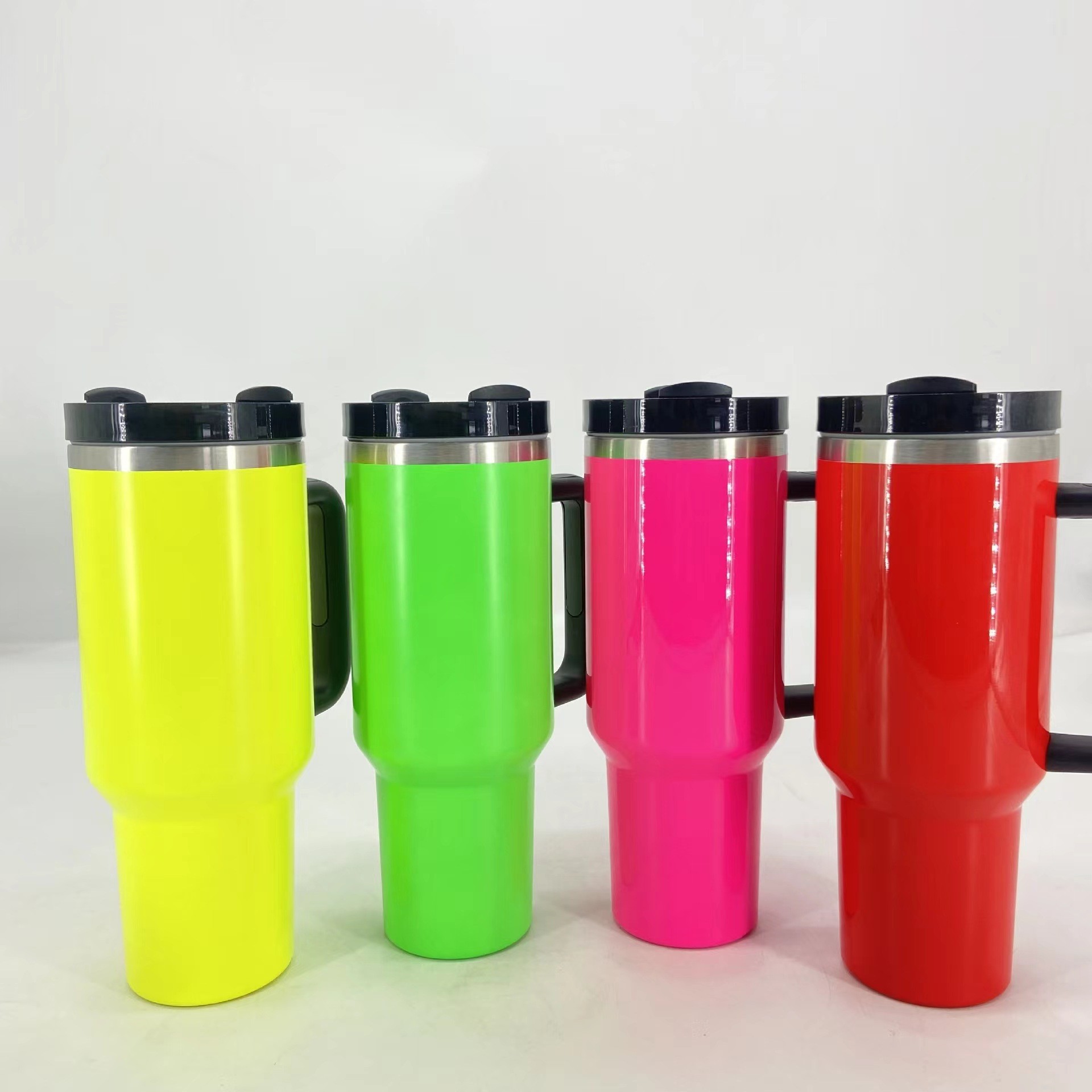Insulated cups, as vessels for daily water consumption for many people, have gained attention due to their ability to keep beverages warm. Compared to ordinary cups, insulated cups allow people to carry hot water with them, making it convenient to access hot water anytime and anywhere when needed.

Inner liner material
The inner liner materials of insulated cups generally include stainless steel, ceramic, titanium, silver, and glass.
(1) Stainless steel
①304 stainless steel
It has moderate corrosion resistance, is easy to clean, and has a moderate insulation effect, making it the most common material for insulated cups.
②304L stainless steel
Based on 304 stainless steel, it has reduced carbon content, enhancing its corrosion resistance to some extent.
③316 stainless steel
It has strong corrosion resistance, lower material strength, moderate insulation effect, and is more expensive than 304 stainless steel.
④316L stainless steel
Based on 316 stainless steel, it has reduced carbon content, enhancing its corrosion resistance to some extent.
(2) Glass
Aesthetically pleasing, high material safety, poor insulation effect, fragile, and generally has a smaller capacity, making it unsuitable for carrying outdoors.
(3) Titanium
It has strong corrosion resistance, does not leave stains, is easy to clean, has good insulation effect, and contains no heavy metals.
(4) Silver
It has certain antibacterial properties, good insulation effect, is prone to oxidation, has a higher cost, and is not commonly seen.
(5) Ceramic
It has high material safety, good durability, average insulation effect, is prone to stain retention, and has a heavier weight.
Product form
Insulated cups generally come in the following styles: wide-mouth cups, straight cups, and big-belly cups.
(1) Wide-mouth cup
The cup has a large opening, making it convenient for daily drinking, suitable for use at home or in the office, and is more appropriate as a daily water cup. Due to the larger opening, it is generally easier to clean.
(2) Straight cup
The most common form of insulated cup, with a slender body, making it easy to carry, suitable for everyday outings.
(3) Big-belly cup
It has a large capacity, suitable for use when traveling long distances, and usually comes with a straw, lanyard, etc.
Product features
(1) Display temperature
It allows real-time visibility of the water temperature in the cup, making it convenient to drink at the right temperature and avoiding the effects of water that is too hot or too cold.
(2) Temperature control
It can quickly lower the water temperature to a suitable level, facilitating quick drinking.
(3) Smart connectivity
It can be connected via an app to monitor real-time water temperature, daily water intake, and other data.
(4) Heating
It can heat water through electric power, making it convenient for use while traveling.
Purchase suggestions
(1) 304 stainless steel is internationally recognized as food-grade stainless steel, while 316 stainless steel belongs to medical-grade stainless steel, which has better corrosion resistance and welding performance than 304 stainless steel. However, both 304 and 316 stainless steel can be chosen as high-quality inner liner materials for insulated cups and can be used with confidence.
(2) Insulated cups weighing over 350-400g are not considered lightweight and portable. Those who have weight requirements or prefer lightweight options can choose products weighing below 350g.
(3) 201 stainless steel has a high manganese content and poor corrosion resistance. If used as the inner liner of an insulated cup, long-term storage of acidic substances may lead to the leaching of manganese elements. Additionally, 201 stainless steel does not fall within the national standard range for food-grade materials, and products using 201 stainless steel as the inner liner material are considered unqualified. Careful identification is required when purchasing.
